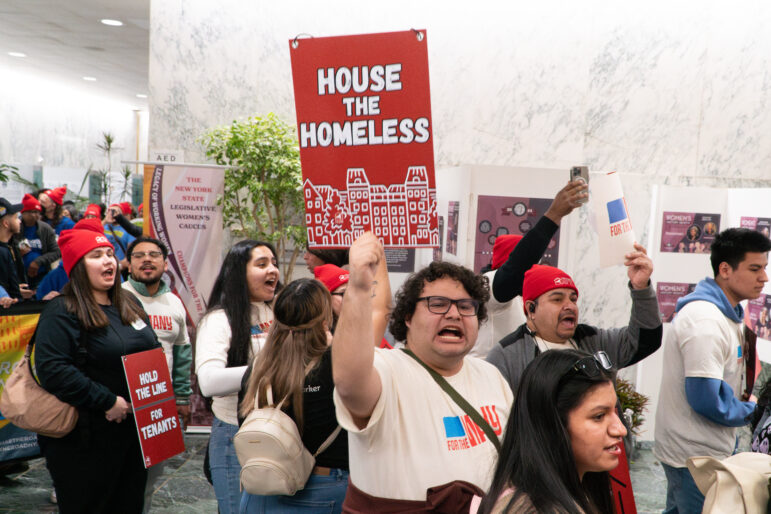For those who have been paying attention to food politics in America over the past decade or so – whether advocating for tighter organic farming standards, protesting the lack of fresh, healthy food in lower-income areas, or absorbing eye-opening books and films like “Fast Food Nation” and “Super Size Me” – the universe of problems and solutions has attained a general clarity: The extraordinarily productive American food industry often produces and transports food in ways that are unhealthy for the environment, not to mention its workers. The way much of our bounty is processed and uncritically consumed is often unhealthy for humans, causing higher levels of Type II diabetes, obesity, attention deficit and hyperactivity disorder, and other ailments. The path forward is to practice more eco-sensitive farming, increase education about and access to quality nutrition, and reconnect eaters to the [preferably local] sources of their food.
Foodies and activists know all that. But most children sure don’t.
A documentary in production called “What’s On Your Plate?” follows the inquiry of two 11-year-old Manhattan girls as they start asking questions about the food all around them. On summer vacation together in Ohio, best friends Sadie and Safiyah taste a cherry tomato that was so good, they accepted Sadie’s mom’s invitation to search out the farmer who grew it. A tour of the farm leads to hanging out at the local farmer’s market, which leads to an exploration of a supermarket back in New York City with longtime food activist Kate Adamick (who led an effort to improve public school lunch ingredients), interviewing the Department of Education’s school lunch chiefs, and more.
“They ask questions that I think we all have,” says Catherine Gund, the film’s director and Sadie’s mother. Based on a short trailer for the project, it seems that observing the education of these two bright and engaging young people serves to enliven the subject matter – to make it new, perhaps even for members of the film’s star-studded advisory council, which includes celebrated chef Dan Barber of Blue Hill restaurant and noted ecology writer Michael Pollan. Gund has made a number of documentaries that have aired on PBS, earned an Emmy nomination and screened at festivals, and is hoping to premiere this production early next year.
Although these girls are hardly afraid of vegetables and appear to be advancing down the politically correct route of nutritional consciousness-raising, they still betray signs of unrepentant youth. When it comes to one example of what some would consider over-processing and over-packaging, for example, “They think it’s really cool that the apples are sliced and put in bags,” says Gund.
Jacquie Berger, executive director of the city nonprofit Just Food, which promotes “a holistic approach to food, hunger and agriculture issues,” attended a recent fundraiser for “What’s On Your Plate?” and thinks the kids’ involvement in “food justice” issues both reflects and restates a vastly greater understanding among the general public. “The person on the street knows so much more about these issues,” Berger says, than when she first got involved in the late 1990s. With kids as narrators, “it takes away anything so preachy about it – makes it so genuine and easy to hear.”
Berger easily can tick off other indicators of progress in recent years. Not only do more people grasp the complexity of the agriculture system (and its connection to things like higher food and fuel costs) and feel frustrated that good food isn’t available everywhere, “there’s a real increase in demand for good quality local food,” she says.
That demand is one reason there are now 62 community-supported agriculture (CSA) programs around the city, with locations in every borough, up from just one in 1995. CSAs match upstate farmers with specific distribution points for their produce, where members pick up a package of what’s in season in return for having paid a fee to invest in the farm. Not only does this help to green the so-called “food deserts,” but regional farmers are delivering to 31 food pantries and soup kitchens too, Berger said.
City Council last month announced another advance in the availability of fresh produce to lower-income New Yorkers: The use of food stamps at the city’s Greenmarkets doubled in the first two weeks of July, the peak season, over the same period last year. Shoppers used their Electronic Benefits Transfer cards to spend $4,210 rather than last year’s $2,121 – echoing the total annual increase, with $40,000 spent at EBT-accessible Greenmarkets in 2007, up from $1,000 in 2005. Council Speaker Christine Quinn said in the press release, “This dramatic increase is further proof that New Yorkers are hungry for healthy food options – we need only make those healthy foods available”– which Council helped to do in this case by funding and facilitating the use of EBT cards in 14 locations.
Gund wants the film, and eventual accompanying interactive website, to keep the momentum going toward greater education and change. “I think the effect will be unifying,” she says. In giving the girls guidance before interviews, Gund urged them not to see interviewees as adversaries. Everybody’s gotta eat. “We’re trying to say: Every single person is on our side. We’re all on the same side.”








